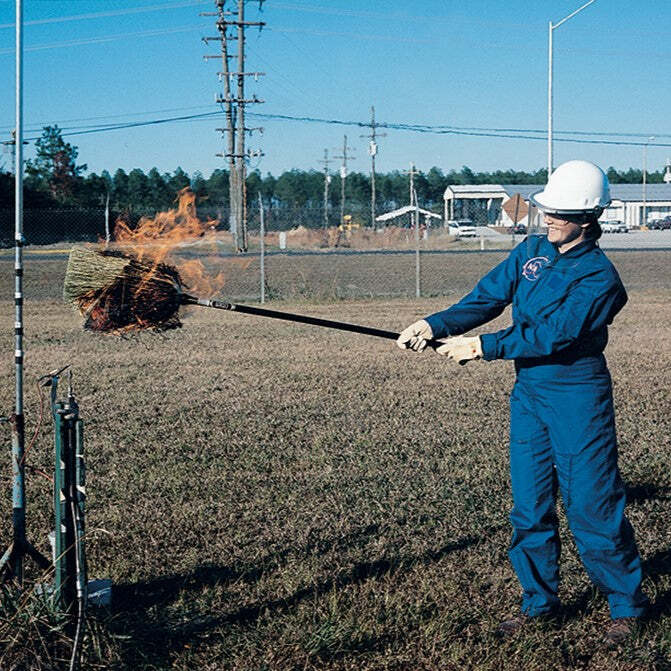Recent searches
Search options
Great idea
K3: Hyundai unveils world’s first hydrogen-powered military tank
https://interestingengineering.com/military/hyundai-rotem-worlds-first-hydrogen-powered-tank
@MummaBear Proudly presents: "Ze Hindenburg Model 42"
@inscius silly huh
@MummaBear It's a gas! Yabba dabba doo!
@inscius @MummaBear I suppose if it gets hit by the enemy, the crew won't suffer very long
@carolen @MummaBear It will be more than a drum roll.
> ... enter production as soon as 2040,
Whoa, but isn't the world supposed to end by 2030, you know, "due to climate change"
@harvhat oh I didn't see that
@MummaBear the most awesome part about a hydrogen fire is that you basically cannot see the flames. You don’t even know what’s happening until you cook / get burned.
https://shop.minimuseum.com/blogs/cool-things/the-broom-method
It’s NASA approved! So it has to be good. Make sure you have your broom with you! (And towel of course).



